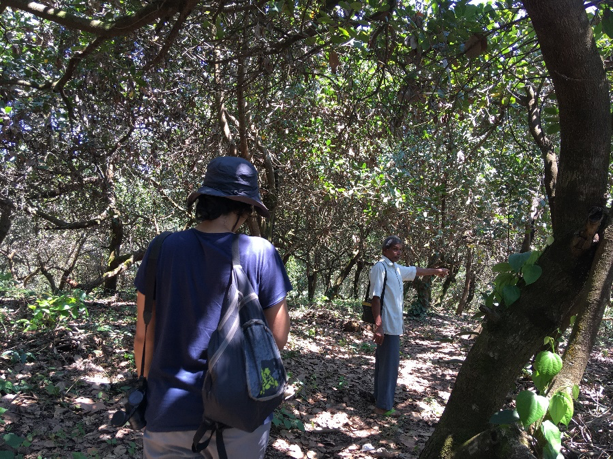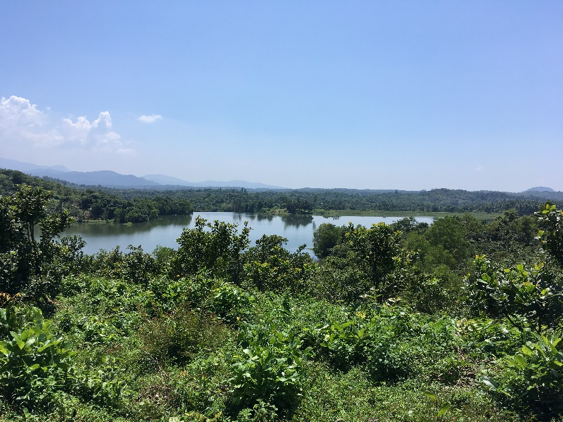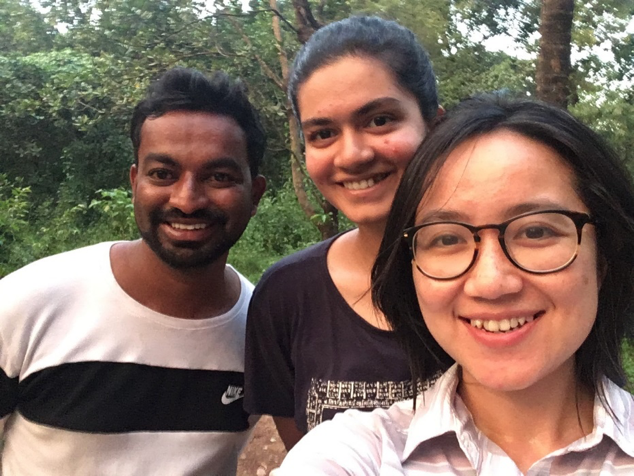|
Our research paper on the social and environmental drivers of the 2015 fires in Sumatra has just been accepted in the journal of Environmental Research Letters. A great team effort from Jocelyne Sze, a research associate in my lab, Jefferson, an undergraduate who compiled data on land conflicts in our study site and myself.
The motivation for producing this paper was a gap in recent literature on the social drivers of fires in Indonesia. The last paper which pulled together a study on the social and environmental factors of fires in Indonesia was Stolle & Lambin (2003) and Stolle et al. (2003). We adapted their framework and included new social and environmental variables that could influence fire count (regency-level) and occurrence (1 km pixel-level) in our study provinces of Riau, Jambi and South Sumatra. We found that more rainfall, flat areas and low population density were most important variables that predicted fires at both the regency- and pixel-scale. Economic variables such as a higher proportion of small-scale (< 10ha) and medium-scale (10-100ha) plantation landholdings, and higher reported use of fires to clear agricultural lands in villages led to higher fire counts at the regency-level. At the pixel-level, proximity to roads and repeatedly burnt peatlands led to a higher probability of fire occurrence. For more information on our article, please see our accepted manuscript here. References Stolle, F. and E. F. Lambin (2003). "Interprovincial and interannual differences in the causes of land-use fires in Sumatra, Indonesia." Environmental Conservation 30(4): 375-387. Stolle, F., et al. (2003). "Land use and vegetation fires in Jambi Province, Sumatra, Indonesia." Forest Ecology and Management 179(1): 277-292.
0 Comments
We (Anushka and Janice) visited India in the first week of October to finalise Anushka’s field-site and PhD project. We visited beautiful landscape of Konkan, which is in South Maharashtra, India. This region is a part of the Western Ghats, which is a global biodiversity hotspot. Our home-stay called Vanoshi forest home-stay, was run by Pravin Desai, a warm-hearted local who is in interested in forest conservation himself. The 4-day trip was filled with visits to the villages in the landscape. Conversations with farmers were extremely informative and they were very welcoming as well. Each turn of the road had pretty sights of forests, cashew plantations and rice fields. The local food was simple yet delicious, especially the rice bread (called ‘bhakri’ in local Malvani dialect). Meetings with the Village heads were wonderful as they gave us full permission and support to work in their villages. While driving through the landscape, we had some lovely moments and sightings- that of Great hornbills flying over rivers and coconut trees, pretty pink and purple sunsets, and also a Mongoose and Common Palm Civet! This field visit was productive as Anushka has clearer aims for her PhD project. It was also a break in a way, spent in real jungles and away from the concrete jungles. A cashew farmer tells us about how his farming practises. Photo: Janice The beautiful landscape of Kunkeri has both forests and cashew plantations. Photo: Janice Pravin Desai was a very warm host to us. Photo: Janice
|



 RSS Feed
RSS Feed
